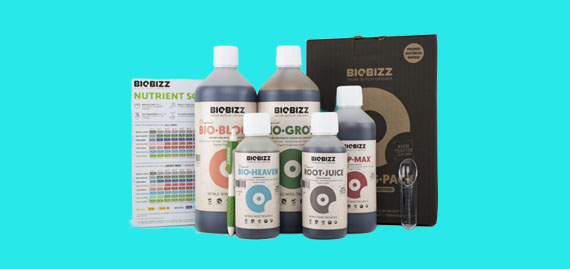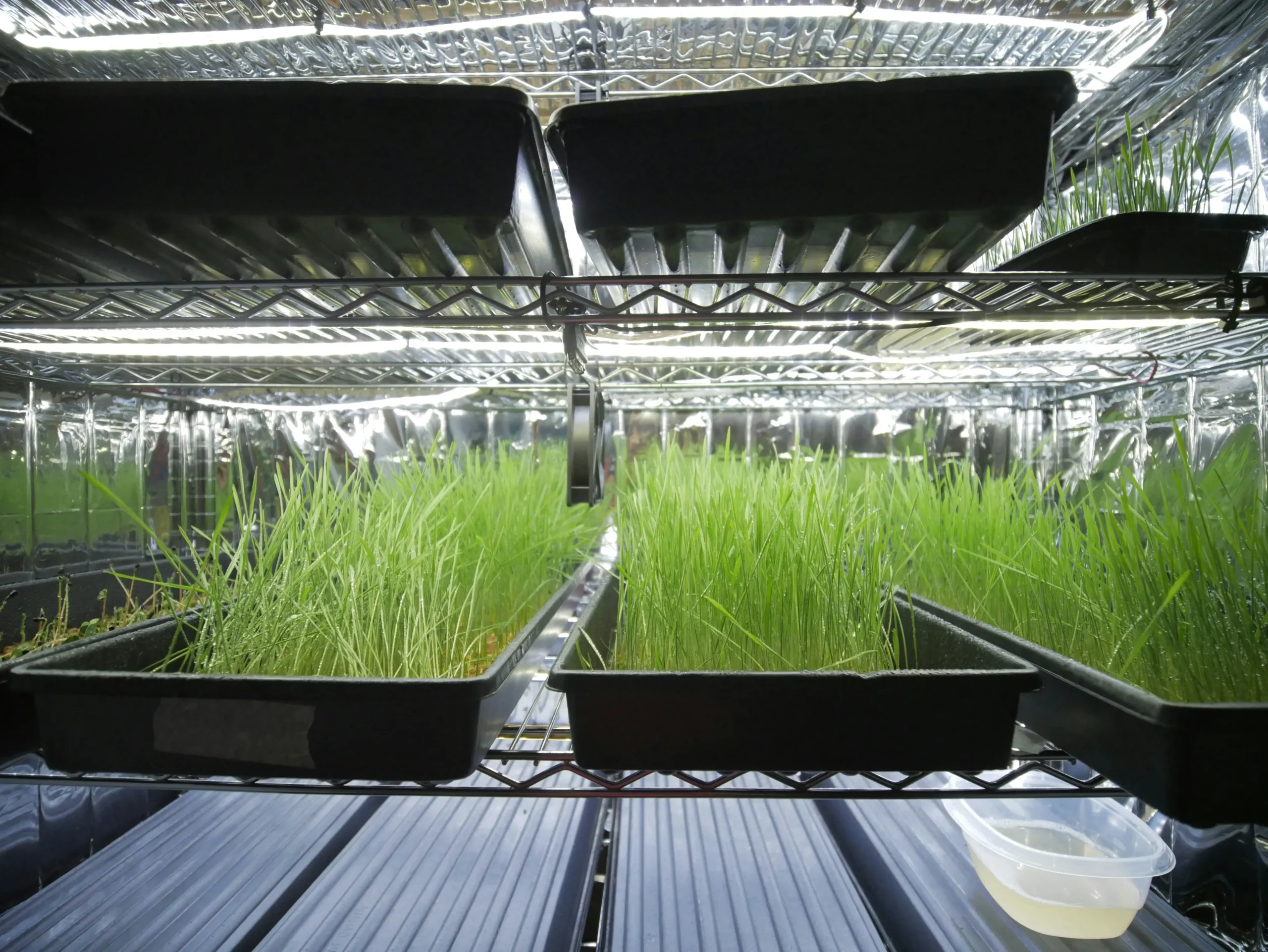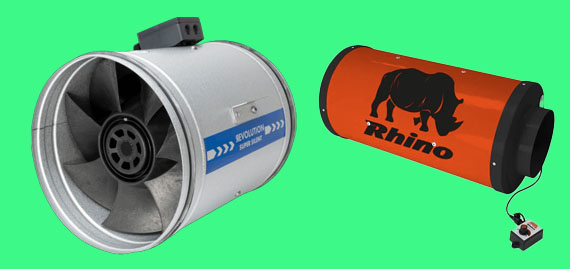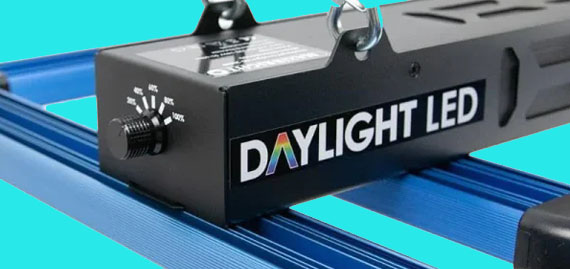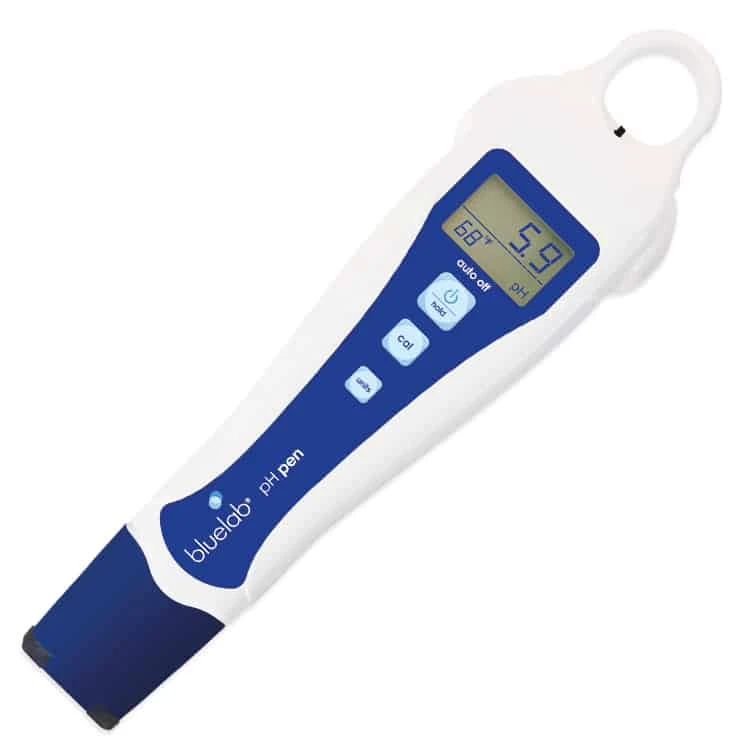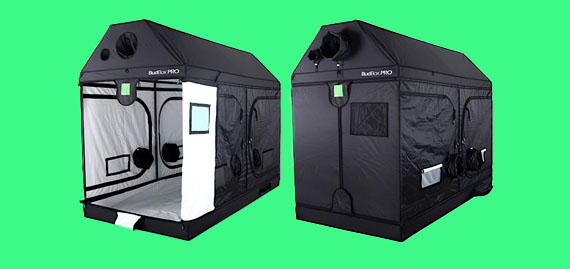North Devon
Hydroponic Horticultural &
Agricultural Supplies
Visit Us Instore
Shop our complete selection of fresh microgreens, grow kits, and equipment in person. You can also easily Click and Collect your online orders here.
Check the map for directions.
Welcome to Future Grow
North Devons premier retailer based in Barnstaple suppling specialist horticulture & agricultural equipment to both market gardens, hydrofarms, and hobbyists across the county. With 20 years in the trade we can use our knowledge to assits and advise you with any querie, from the largest commercial setups to the hobby grower. We will find the most cost effcient and high yielding solutions. Take a look around the site and feel free to give us a call on 07730796717 or pop in and see us.
This project is funded by the UK Government through the UK Shared Prosperity Fund







